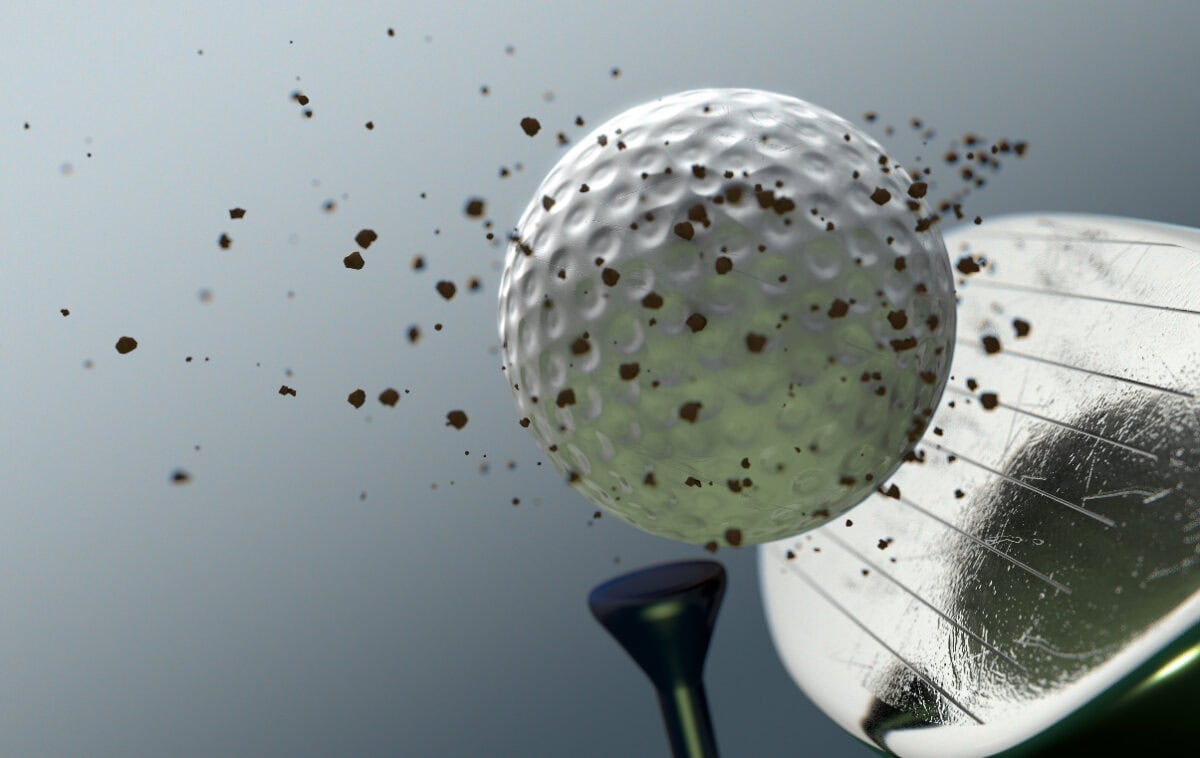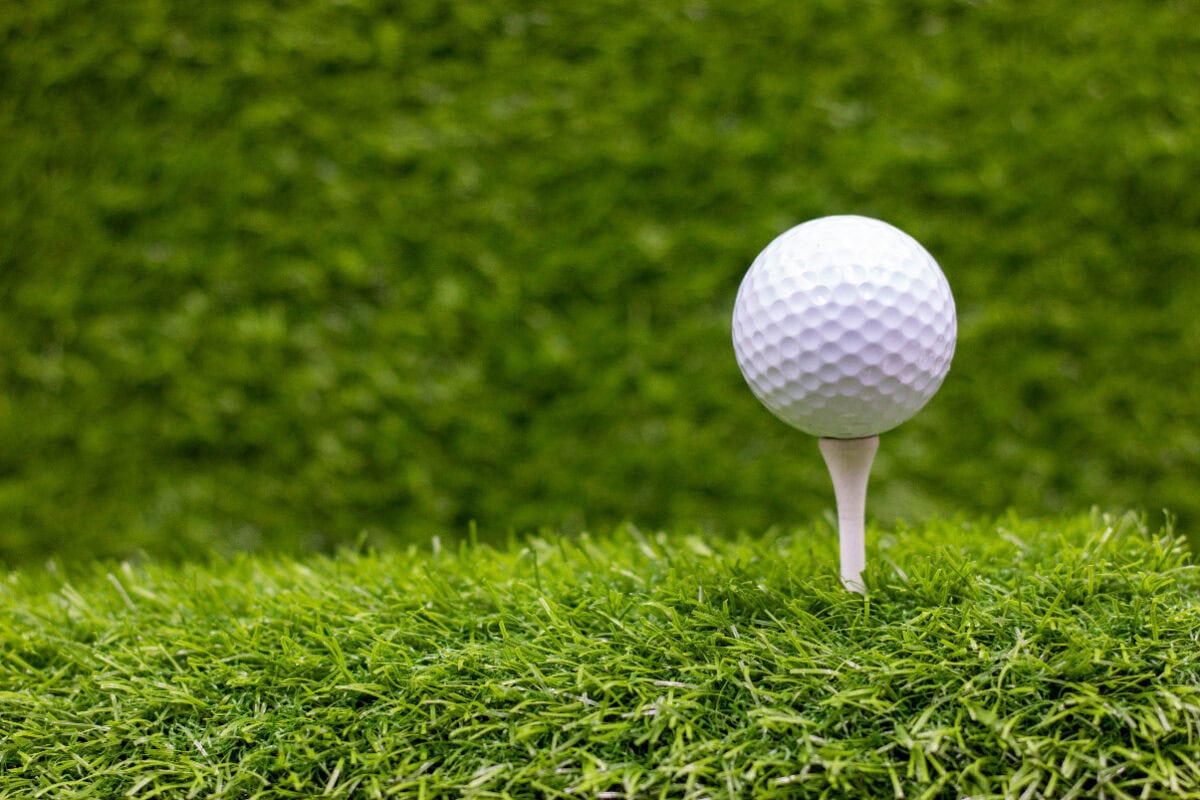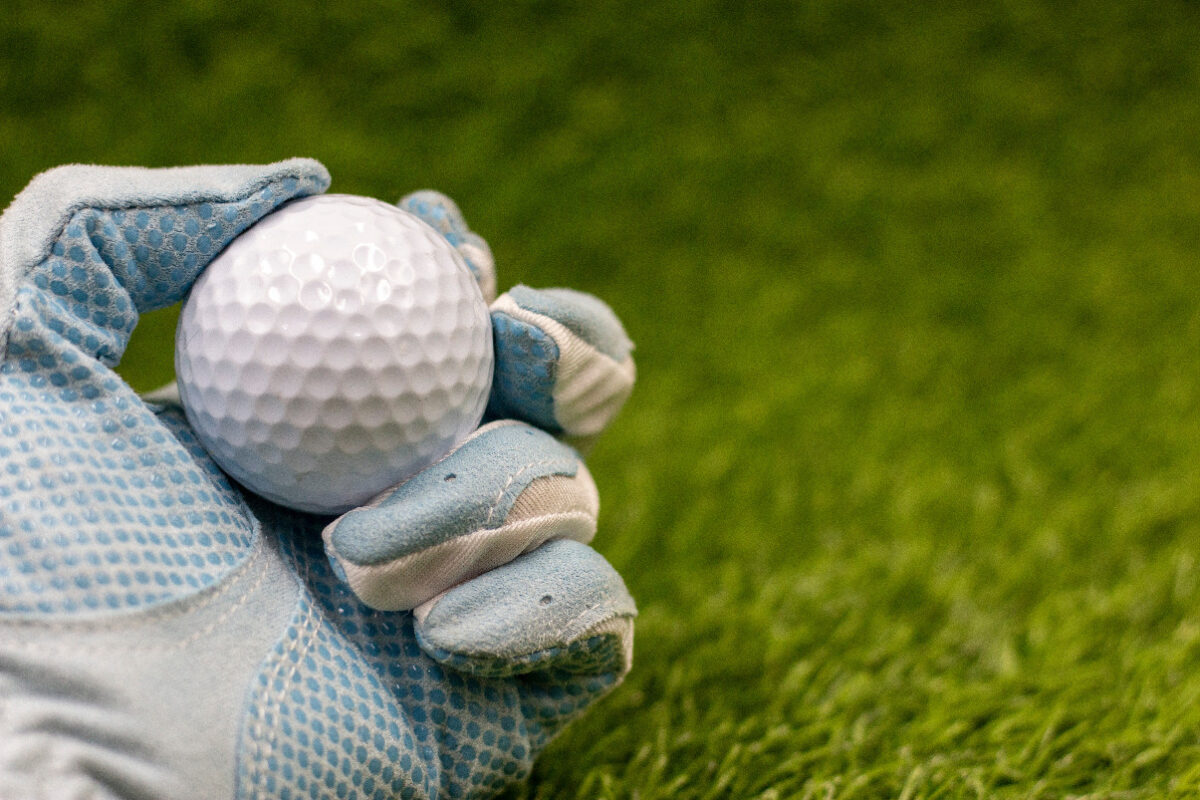How is a Golf Ball Made? The Details
While golf balls appear deceptively simple, producing a high-performance multi-layer ball requires advanced engineering and precision manufacturing processes.
The latest golf balls contain 3 to 5 specialized layers encased in a durable yet responsive cover.
Creating consistent models at the massive scale needed to supply recreational and professional golfers worldwide involves everything from basic raw materials to sophisticated testing equipment to assure optimal quality, feel, and consistency.
Here’s a closer look at how golf balls are made:

Raw Materials and Components
The key raw materials used in modern golf ball construction include:
- Polybutadiene rubber – A sturdy yet elastic synthetic rubber used to formulate ball cores. It is mixed with additives like zinc acrylate to regulate the resulting hardness, compression, and energy transfer properties.
- Surlyn – A proprietary resin compound used to make cut-resistant ionomer covers. Surlyn is flexible but durable and helps promote high ball speed. Most recreational balls use surlyn covers.
- Urethane – A thermoset plastic used to make softer covers that provide an enhanced feel. Urethane is softer than surlyn but less durable. Most tour-level balls use urethane covers.
- Zinc acrylate – A chemical additive combined with polybutadiene rubber core material. The amount of zinc acrylate incorporated determines the core’s compression and hardness rating. More zinc acrylate results in firmer ball compression.
- Titanium dioxide – A chemical used to create the bright white color in most golf balls as well as opacity. Titanium dioxide is also used to make colored golf balls in various hues.

Overview of the Essential Golf Ball Manufacturing Process
The key steps required to produce golf balls include:
- Milling and Blending Materials – Raw polybutadiene rubber, surlyn and urethane resins, and additive compounds are precisely milled and mixed to exact specifications. Foreign matter is strained. Sample testing ensures consistent batches.
- Making Cores – Cores made of polybutadiene rubber are created using either injection molding or compression of pre-formed slugs. Cores ultimately determine feel, initial speed, compression, and other attributes. Tolerances of 0.005 inches are standard. Curing in ovens sets cores.
- Winding Rubber Bands (For Multi-Layer Balls) – Extremely thin rubber bands are wound under high tension at precise angles around polybutadiene cores. Windings are designed and located to introduce specific soft/firm zones in the ball that enhance speed, feel and spin separation.
- Adding Covers – Mixed surlyn or urethane compounds are injected into two-piece molds that encase the cores. Covers must uniformly encase the core and meet standards for a perfectly spherical, seamless shape. Dimples start forming at this stage.
- Forming Dimples – The inner surface of each mold half contains protrusions that create the dimple shapes, depths, and coverage percentages unique to that ball model as covers are injected. Dimple designs are aerodynamically optimized for specific ball flights.
- Painting and Finishing – If producing colored balls, they receive multiple thin coats of paint to achieve uniform hues. All balls get clear coats and side stamping. The finishing touches.
- Rigorous Final Testing – Balls undergo compression, initial velocity, weight, size, roundness and symmetry testing to tight tolerances to assure conformance before sorting. Defective balls get discarded. Only the most consistent balls move forward.
- Packaging – Approved balls are sorted, inspected again, then packed into volumes from single sleeves of 3 balls up to bulk packs of 144 for retail and custom logo sales.

Modern automated processes now enable some manufacturers to produce upwards of 100,000 high-performance multi-layer golf balls per day with a high degree of consistency.
Yet premium tour balls remain carefully crafted, measured in tolerances of 0.005 inches. Maximizing performance, feel, and consistency requires relentless quality control from initial design through packaging.
When you next tee up a new Titleist Pro V1 or Callaway Chrome Soft, appreciate the engineering, R&D, and craftsmanship behind these trusted round companions. Your golf ball is not simple – it’s a technological achievement.
Advancements in materials and robotics will continue incrementally enhancing golf ball performance and manufacturing efficiency.
But skilled human artisans and extensive quality testing will remain integral parts of producing balls that provide the feel, feedback, and consistency the best players demand.
The ultimate achievement in ball design is seamlessly coalescing cutting-edge technologies with human craft to optimize results for golfers with the continually elevating skills required in today’s game. Vive la golf ball!
